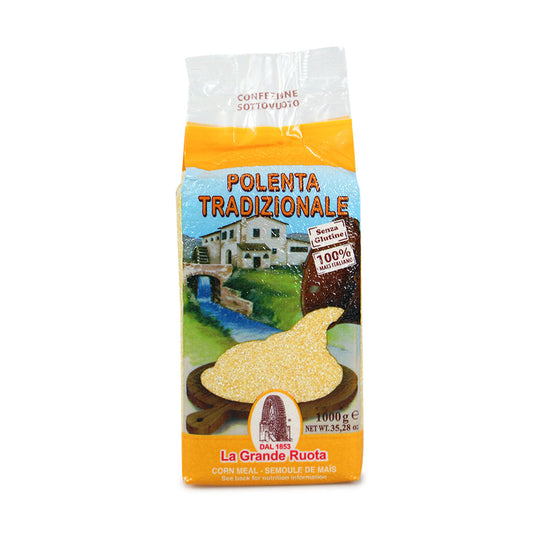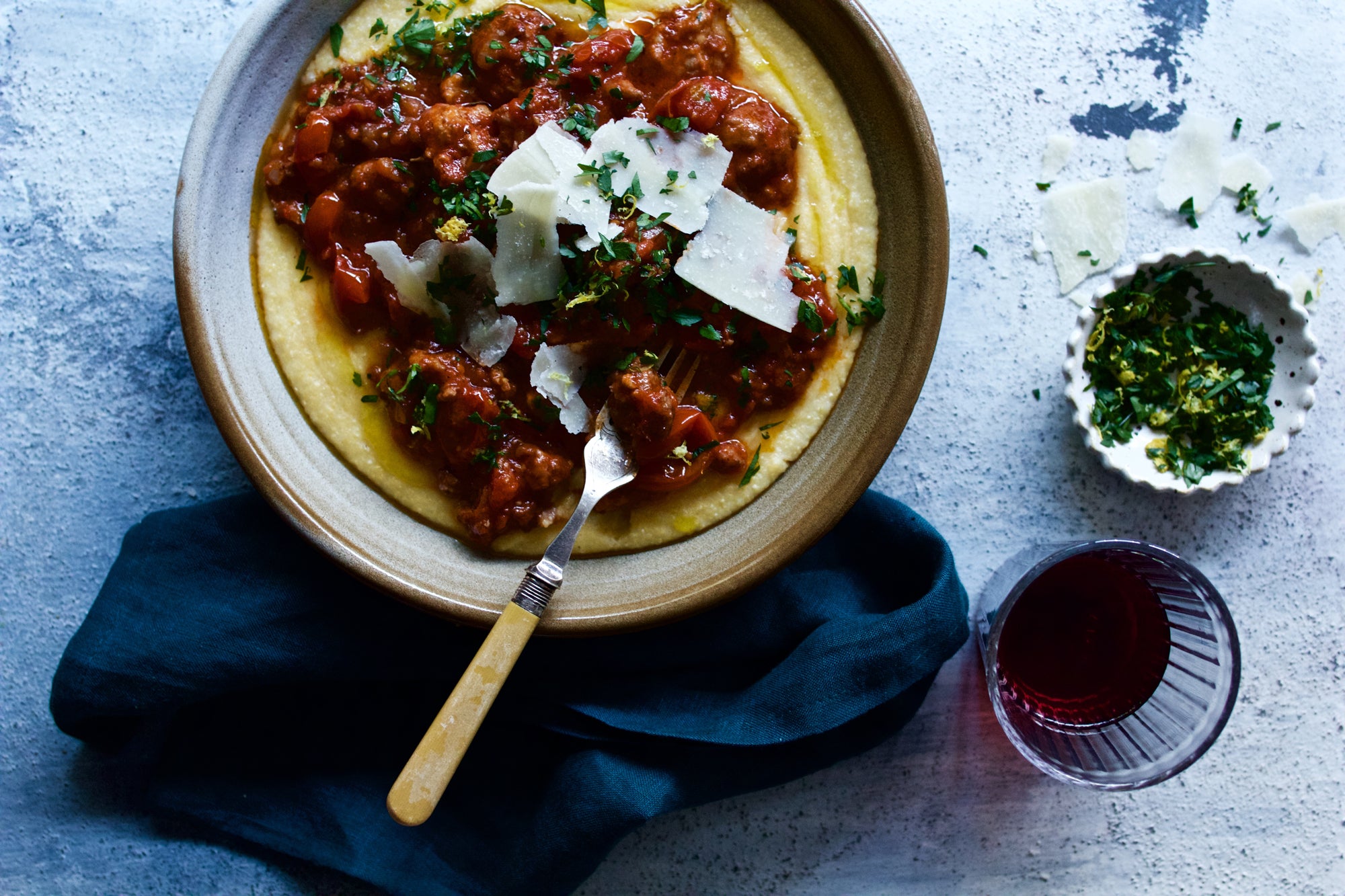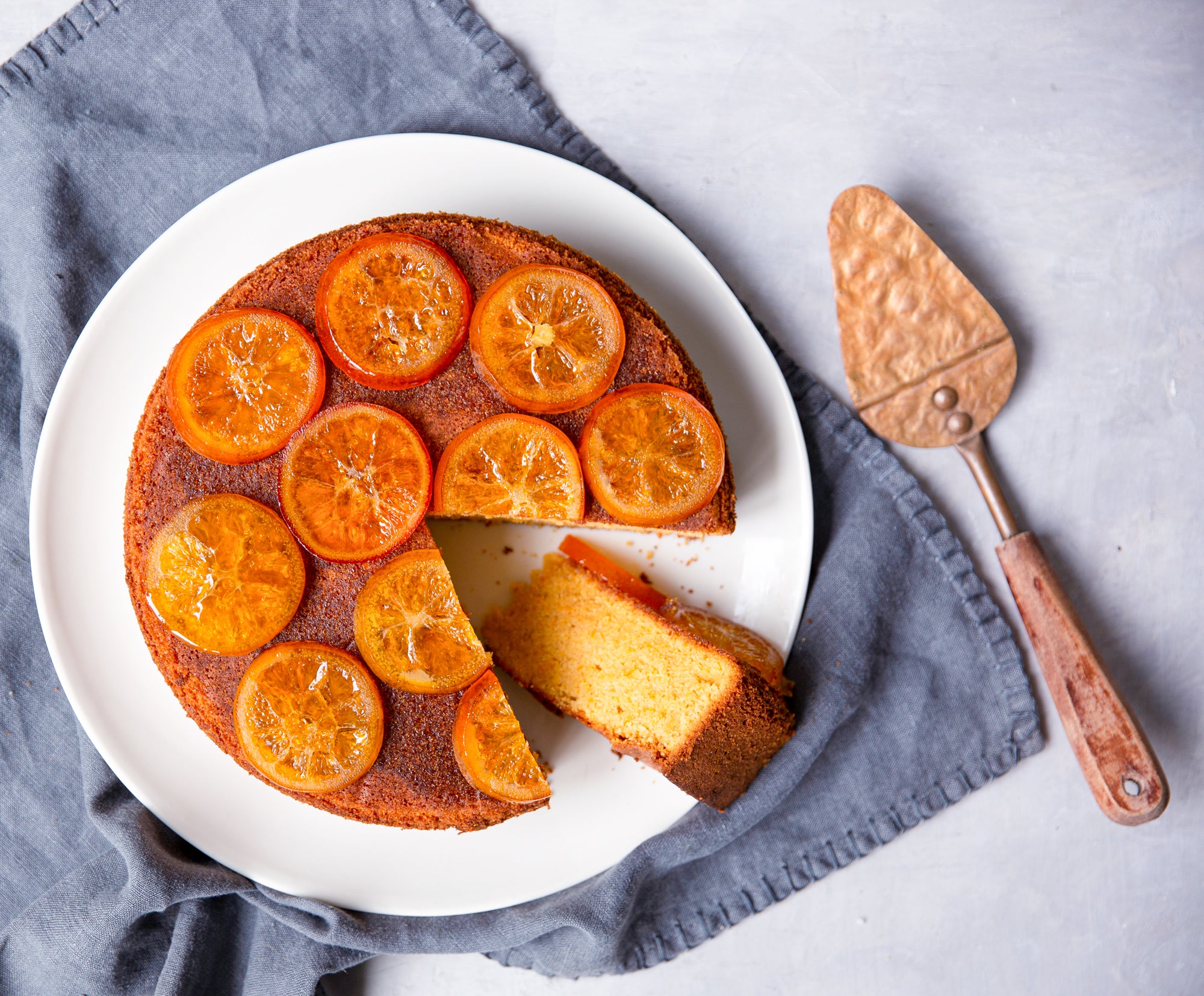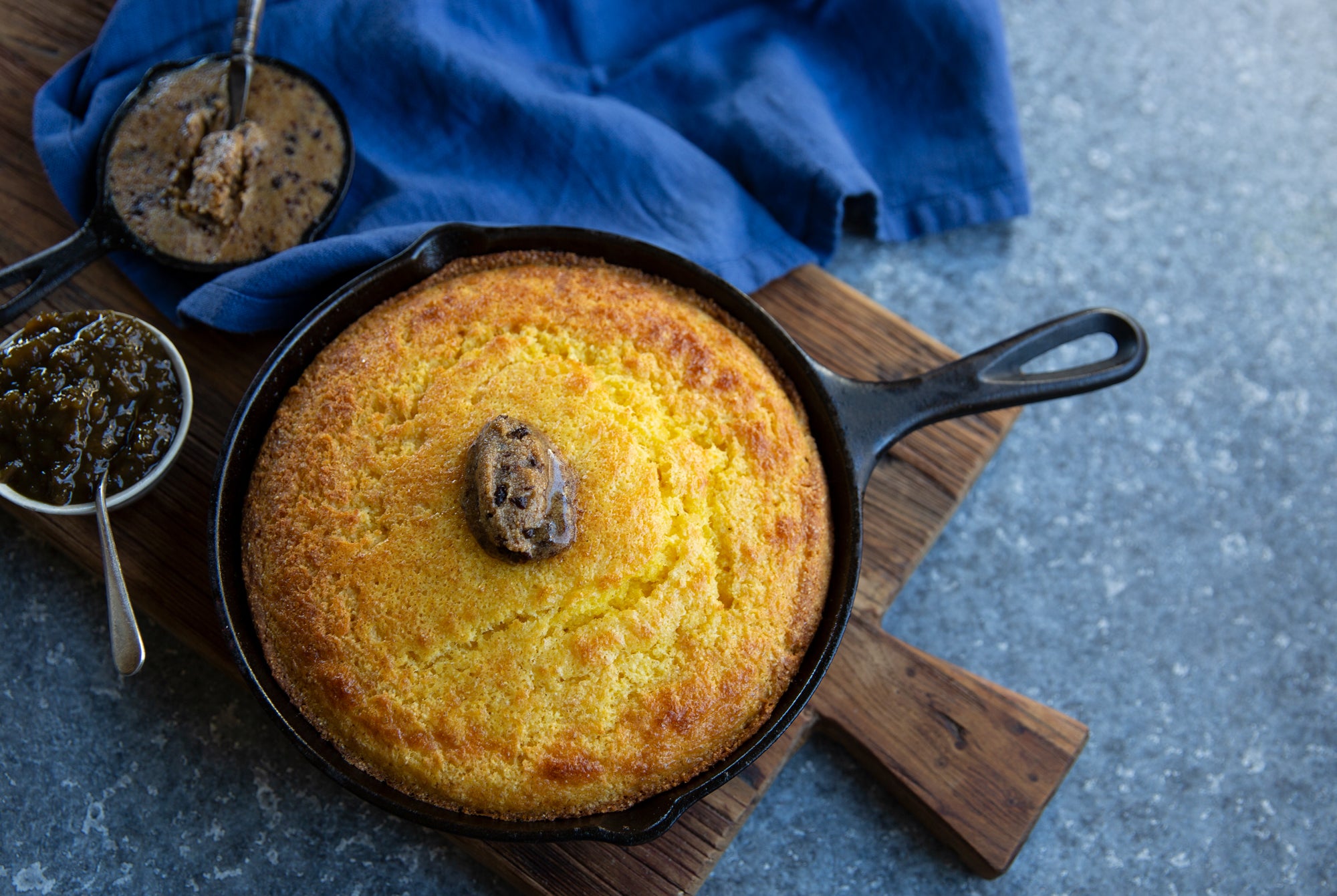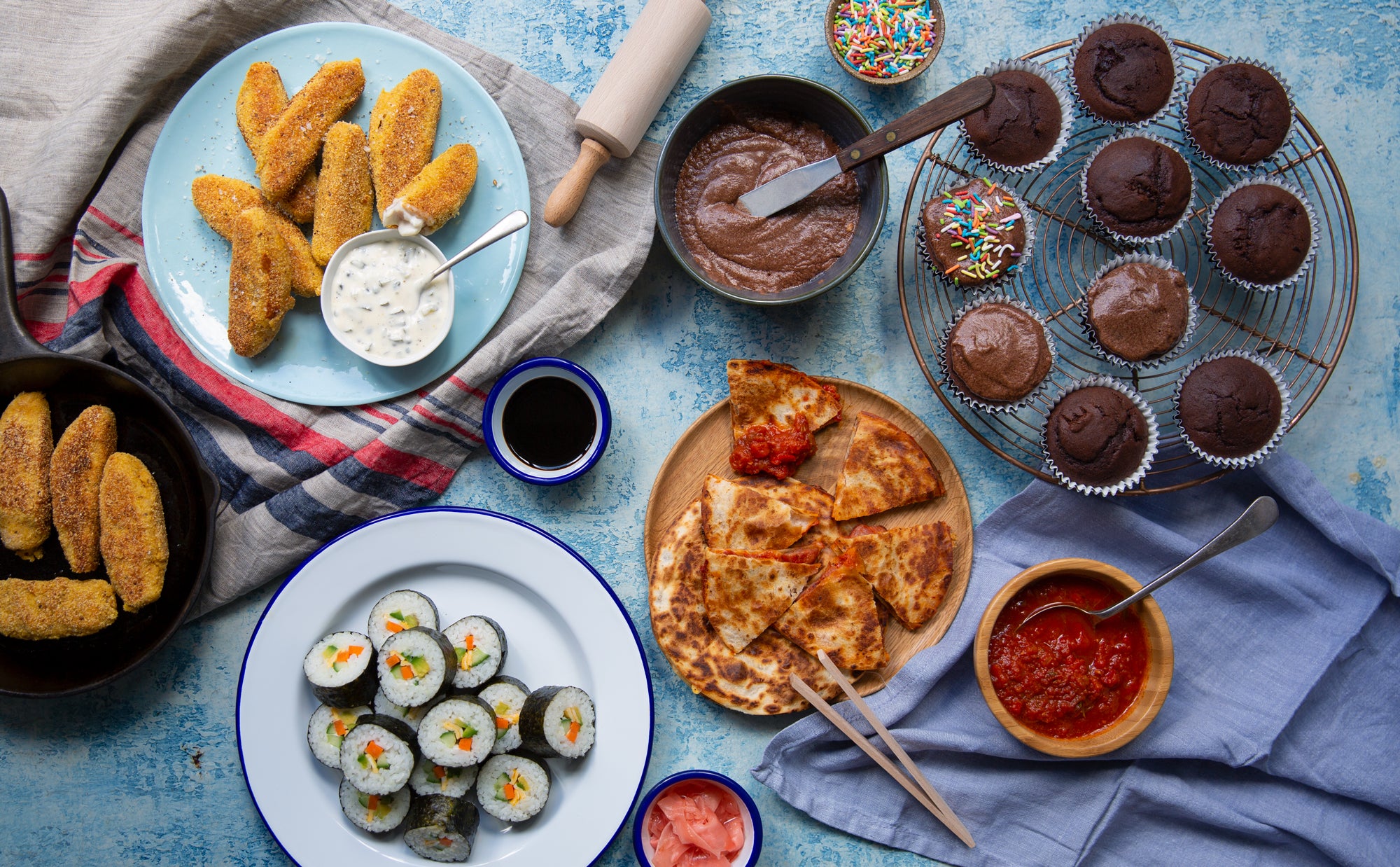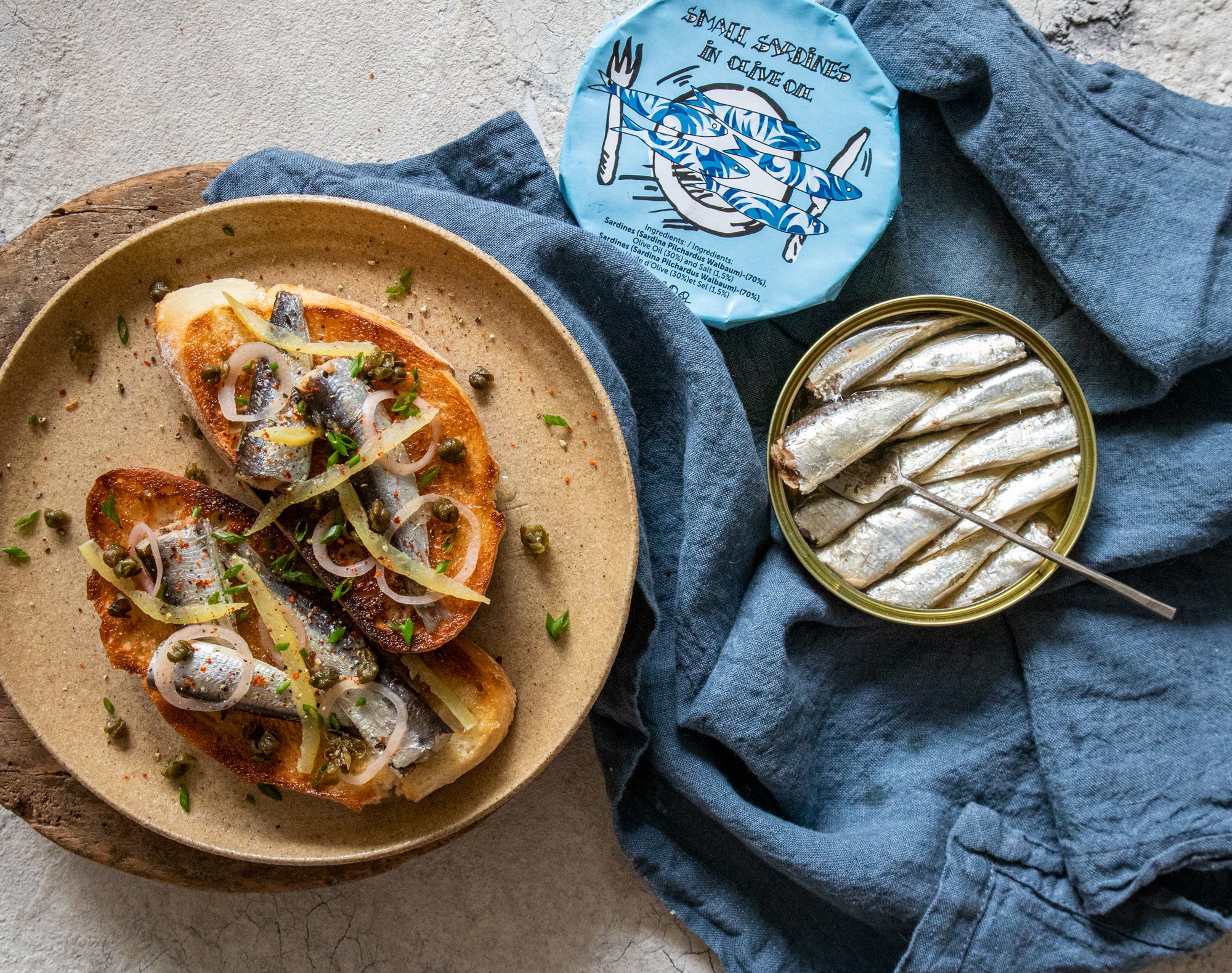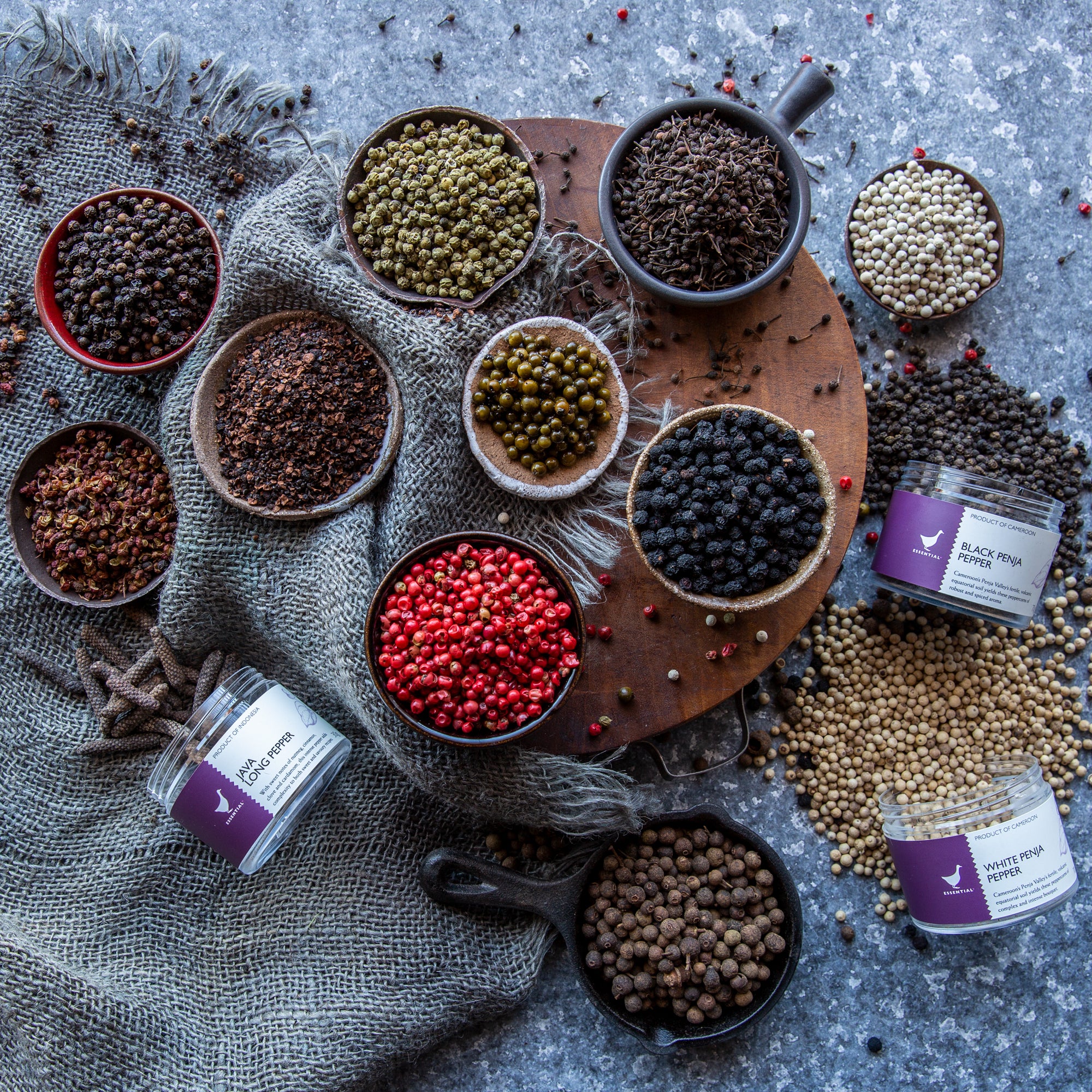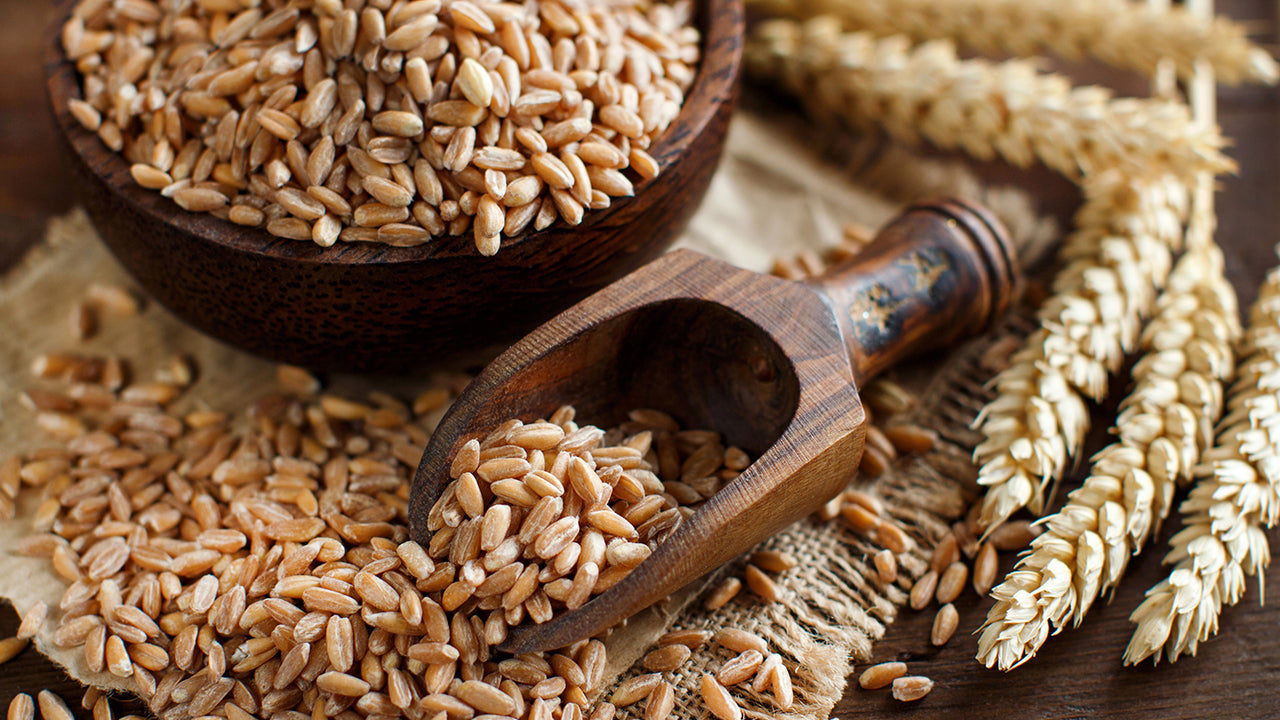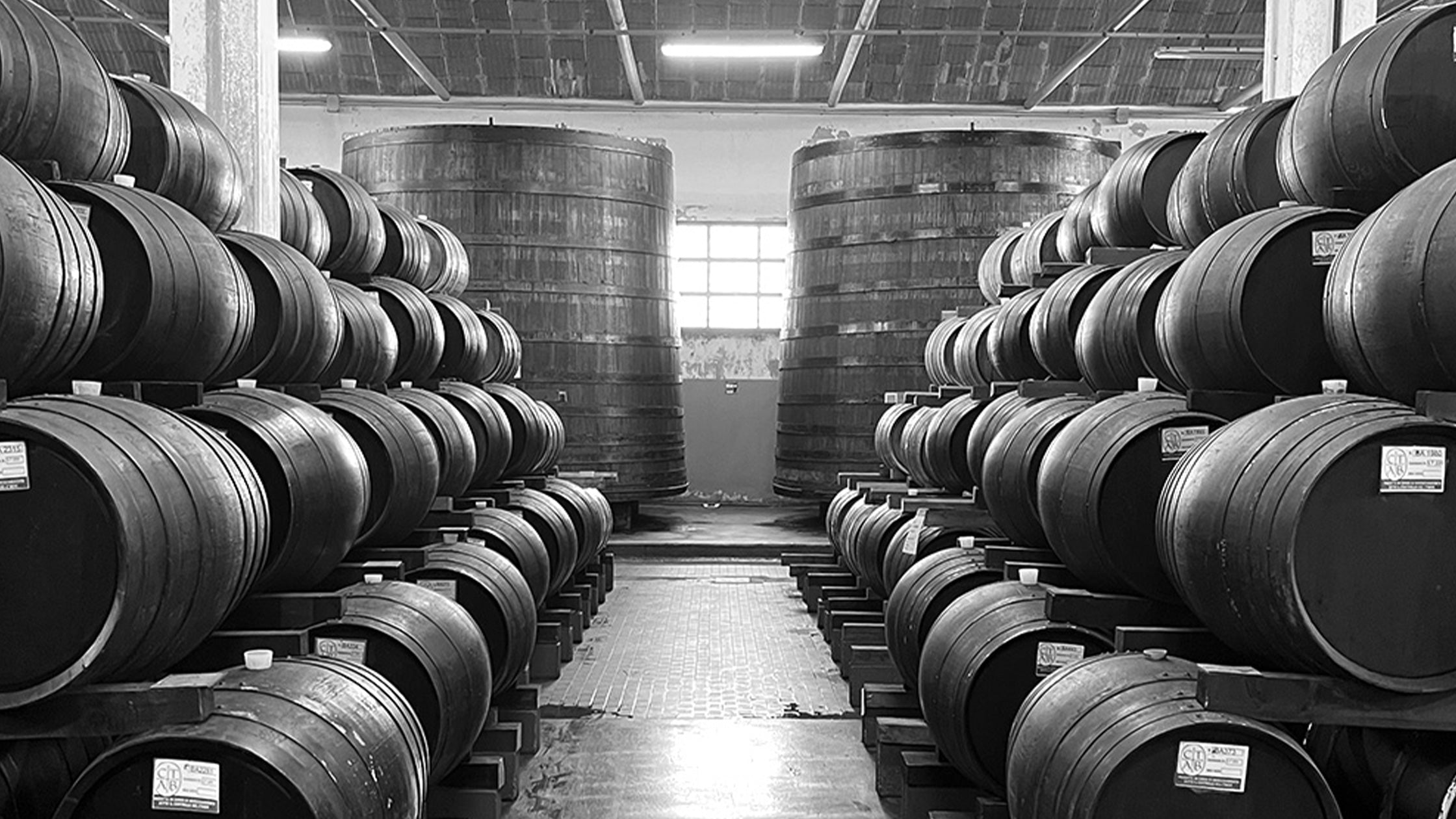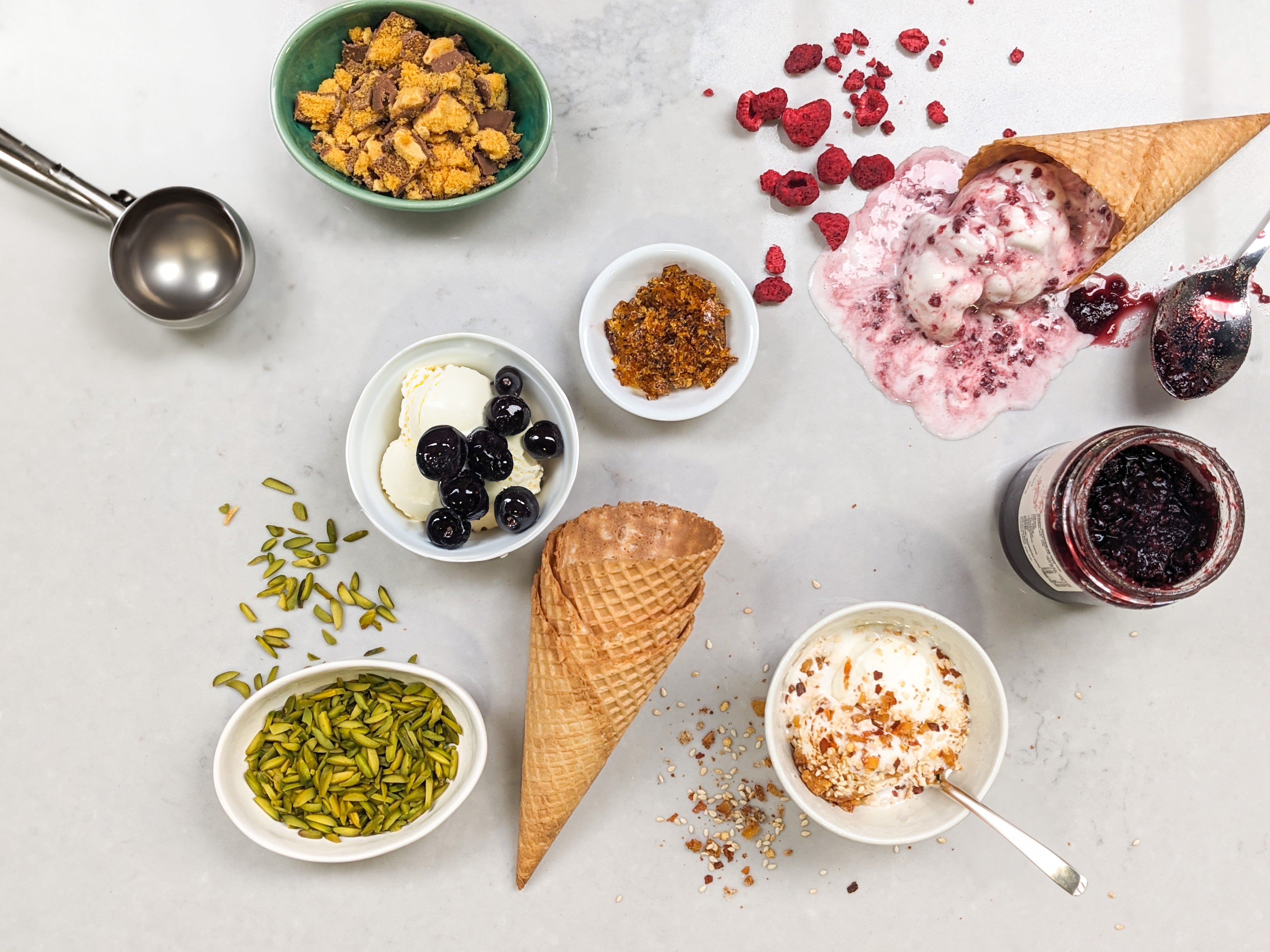
Guide to cooking with polenta
Last updatedThanks to our obsession with the dishes and ingredients of Italy, polenta is seeing an increase in popularity throughout Australia.
Polenta, at its core, is a dish crafted from humble ingredients - cornmeal, water, and a pinch of salt. Its history is as rich as its taste. Originating from Northern Italy, particularly in regions like Lombardy and Veneto, polenta was once considered a staple for the working class due to its affordability and ease of preparation. Made by slow-cooking ground cornmeal, this dish transformed simple ingredients into a hearty, comforting meal that could be enjoyed in a variety of ways.
Choose instant polenta for a quick, delicious result, or tend slowly to a pot of traditional polenta for a more refined outcome.
Simply bring your chosen liquid (stock, milk, water or a combination of any of the three all work well) to a simmer, add the polenta and stir until thick, creamy and smooth. A ratio of one cup of polenta to four cups of liquid for hard-set polenta, or five cups for soft, is considered perfect. Then season, and add butter, parmesan, chilli flakes, finely chopped chives, freshly shaved truffle of any other favourite flavours.
That's all there is to making polenta the classic way.
While we love it served as a mash-like side dish for ragu or slow-cooked meat braises, it can also be baked into a rich, savoury cake, or chilled and solidified, then sliced into squares and grilled, or cut into finger-lengths and fried into polenta chips.
Polenta is also a valuable ingredient in sweet baking, adding structure, flavour, colour and texture to cakes, particularly those taking advantage of in-season citrus like our recipe for Orange Polenta Cake.
Use polenta as a breadcrumb replacement when crumbing fish or chicken, or as the key ingredient in cornbread.
Polenta FAQs
What is polenta?
Essentially, polenta is made of dried, ground corn kernels. When rehydrated over heat with water, milk or stock, it becomes a smooth paste that can be served warm or chilled into solid cakes.
What's the difference between instant polenta and traditional polenta?
Instant polenta is more finely ground and therefore cooks in as little as five minutes (as opposed to regular polenta which requires at least 40 minutes cooking time). Instant polenta is often less textural and, depending on the brand, can have less flavour when cooked.
What is the ideal polenta water ratio?
Polenta ratio can vary depending on the brand, but a general rule-of-thumb is one cup of polenta to four cups of liquid for hard-set polenta, or five cups for soft.
Is there a difference between yellow and white varieties?
A curiosity for many is the distinction between yellow and white polenta. The answer is simple: it's all about the type of corn used. Yellow polenta is made from yellow corn, and it's the more traditional option. It offers a slightly sweet and nutty flavour with a vivid golden hue that can brighten up any plate. White polenta, as you might guess, is made from white corn. It tends to be milder in flavour and colour, and is great with seafood and poultry. Both variations provide a canvas for culinary creativity, and the choice between the two often comes down to personal preference and the desired aesthetic.
What to do with polenta?
Polenta can be served as a soft, mash-like side dish, can be cooked then solidified as a cake then grilled or fried, or used as an ingredient in cakes and crumb mixtures.
What do you serve with polenta?
Polenta is suited to many flavours, but is particularly suited to rich ragus, hearty braises, vegetables such as swiss chard, mushrooms and tomatoes, and even seafood like prawns, scallops and mussels.
Whatever application you've got in mind, The Essential Ingredient has the perfect polenta for your purposes:
The most classic polenta variety. Cook slowly over a low heat to produce a lusciously, creamy result. Serve with hearty braises and ragus.
A popular variety of polenta in northern Italy, especially Venice, due to the region’s traditional cultivation of white corn. The white corn's delicate flavour pairs well with fish and seafood.
Made from quality corn, this authentic Italian polenta cooks in simmering water, stock or milk in under five minutes. Perfect for both sweet and savoury dishes.
All the qualities of traditional polenta but can be ready in just 3 minutes. Slightly more subtle in flavour than yellow polenta, white polenta is suitable for sweet and savoury dishes alike.
Known as 'taragna', this polenta is a mixture of cornmeal and buckwheat flour, giving it an appealing wholegrain texture. Delicious served hot with butter, garlic and sage, a blue cheese and cream sauce, or with pork sausages and mushrooms.
Bramata is a traditional style of yellow polenta where the dried corn has been coarsely ground, producing a thick, slightly firm consistency when cooked, perfect for serving with chunky braises and ragus. Bramata can take longer to cook than finer types of polenta, between 50-90 minutes, but the rustic, hearty texture is well worth it, especially when served with butter and a sprinkling of parmesan.
Produced with the finest Italian polenta and dried Italian truffles, this instant truffle polenta is the quickest, easiest way to cook a restaurant-quality side dish at a moment's notice. Superb with slow-cooked beef.
To explore our polenta range and learn how to cook polenta, visit your nearest The Essential Ingredient store, or buy online for delivery to anywhere in Australia.


